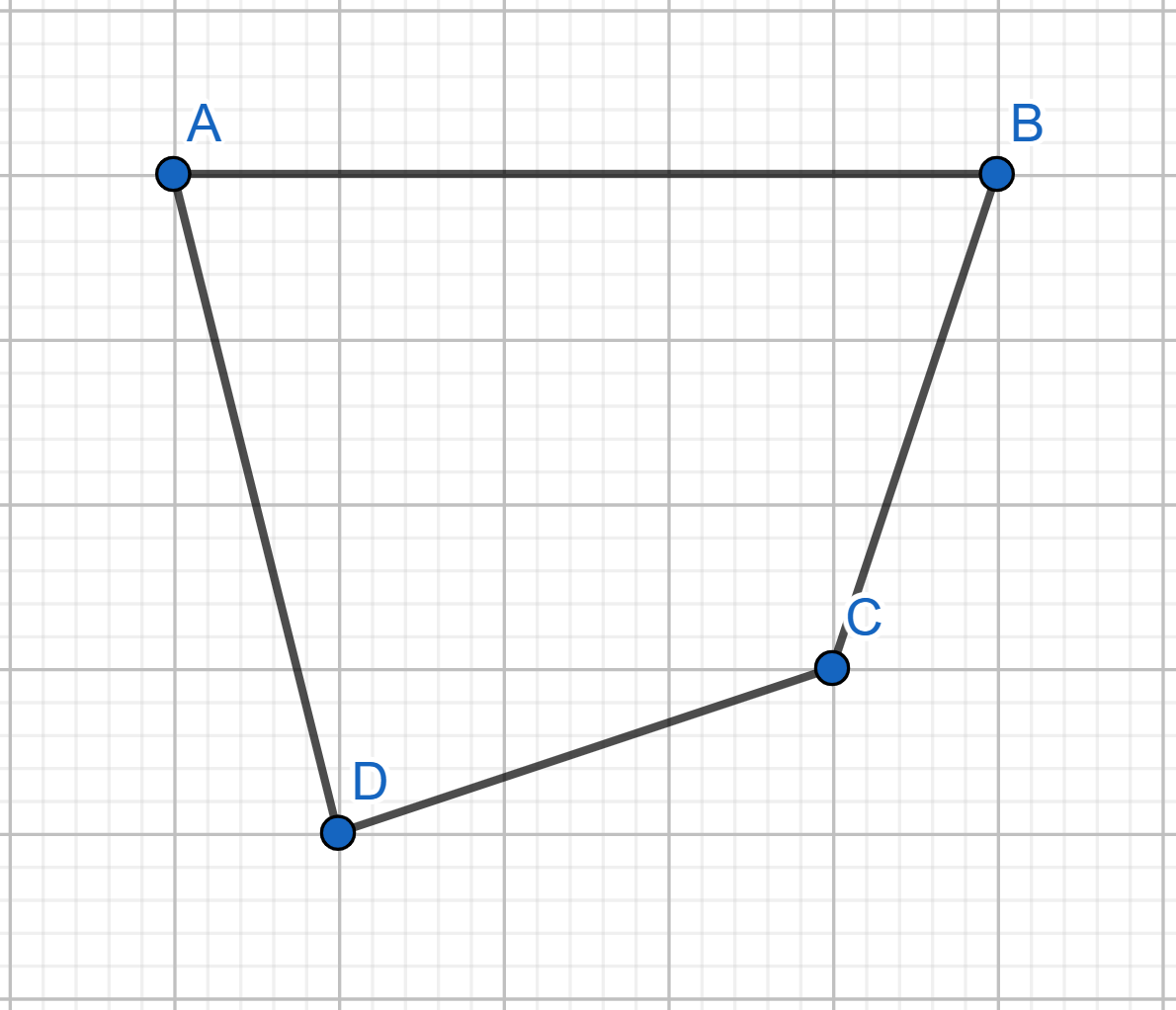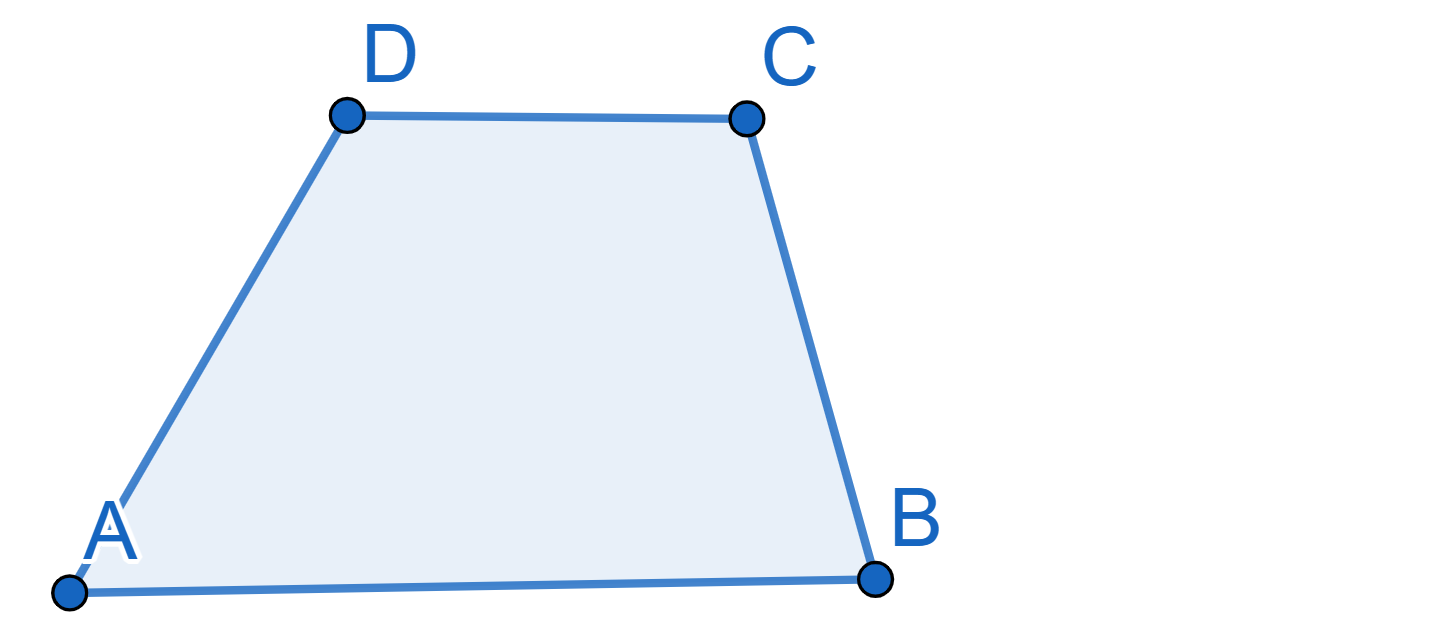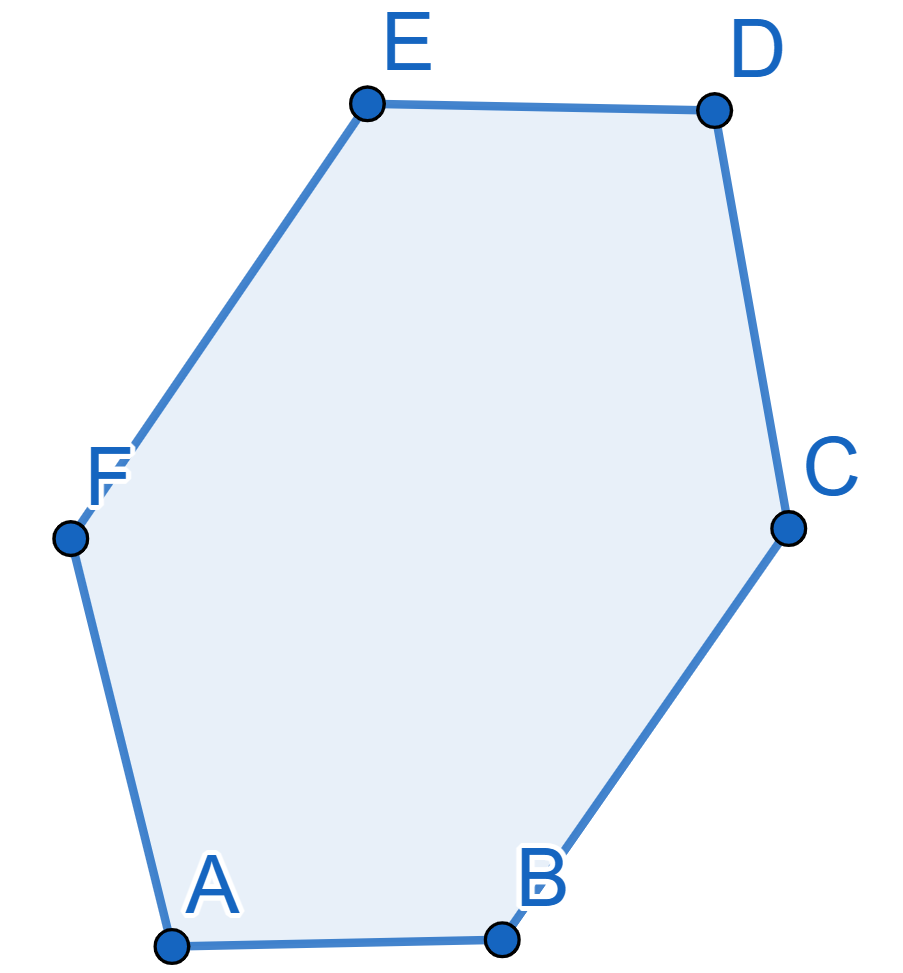Problems
Anna and Bob play a game with the following rules: they both receive
a positive integer number. They do not know each other’s numbers, but
they do know that their numbers come one after another – they do not
know which one is larger. (If Anna gets \(n\), Bob gets either \(n-1\) or \(n+1\)). Anna then asks Bob – “do you know
what number I have?” If Bob does know, he has to say Anna’s number and
he wins the game. If he does not, he has to say that he does not. Then,
he asks Anna if she knows his number. If Anna does not know, she asks
Bob. This continues until one of them finds out what is the other’s
number. Assuming that both Anna and Bob know mathematics sufficiently
well to be able to solve this problem, find out who wins the game and
how.
For simplicity let’s assume Bob always gets the odd number and Anna
always gets the even number - two consecutive numbers have opposite
parity!
A real number \(y\) is such that \(y+\frac1{y}\) happens to be an integer. Show that for any natural \(n\), it is also true that \(y^n + \frac1{y^n}\) is an integer.
Show how to cover the plane with triangles of the following shape.

Show how to cover the plane with convex quadrilaterals.

Draw how to tile the whole plane with figures, made from squares \(1\times 1\), \(2\times 2\), \(3\times 3\), and \(4\times 4\), where squares are used the same amount of times in the design of the figure.
Draw the plane tiling with:
squares;
rectangles \(1\times 3\);
regular triangles;
regular hexagons.
Draw the plane tiling using trapeziums of the following shape:

Here the sides \(AB\) and \(CD\) are parallel.
For any triangle, prove you can tile the plane with that triangle.
Prove that one cannot tile the whole plane with regular pentagons.
Draw the plane tiling using convex hexagons with parallel and equal opposite sides.
